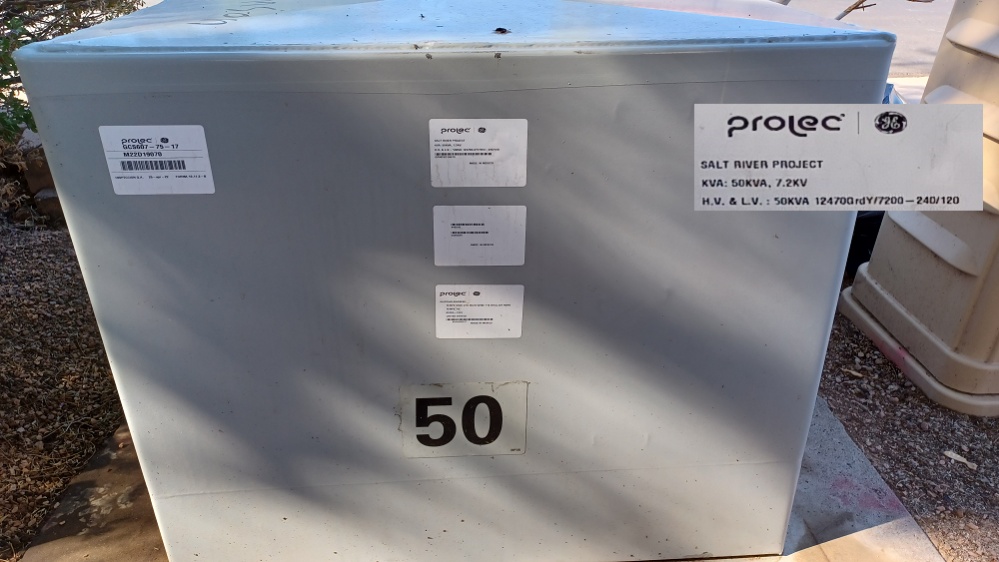I would think that any management of the load would be implemented on the charger, and not on the transformer. The charger has all the smarts. In some installations, a charger stand has 2 cables, one on each side, not unlike gas pumps with two hoses on the opposite faces. These "dual cable" chargers know to split the power between the two cables as is appropriate.
A while back, I shared the info on my residential utility set up. Three of my neighbors and myself share this pad-mounted 50kVA transformer. So, on the average that's only 12.5 kW per home.
I had mistakenly believed that I had access to 200A x 240V = 48 kW. Yes, I do but only if the 3 neighbors don't draw any power. In the summer, my highest daily usage got to 100 kWh/day, and that's less than 5 kW on the average.
Even in the summer when the central AC runs max out and the home owner happens to be doing a laundry load and cooking at the same time, I don't think he exceeds the 12.5 kW per household. And even if he does, it is not likely that his 3 neighbors do that at the same time.
Hence, there are no circuit breakers, no fuses inside the pad-mounted transformer that I could see, that recent time when they swapped out the transformer because the old one leaked oil. Yes, I was curious and went out to watch. I also saw how the 7 kV line and the 4 house circuits were hooked up to the transformer.
Anyway, back to the EV charger I think the charger with all the smarts would have a programmable built-in limit function, as part of the load management. How high this limit should be set would be negotiable with the utility company.
What will be interesting in the future is when 4 of the houses on a 50 kVA transformer all have EVs, and they all want to draw 50 kW to charge their EVs. Even at 25 kW, that's 100 kW total on a 50 kW transformer.
We will get there at some point, and the utility will require some retrofit smart hardware to prevent blowing out the poor transformer.




